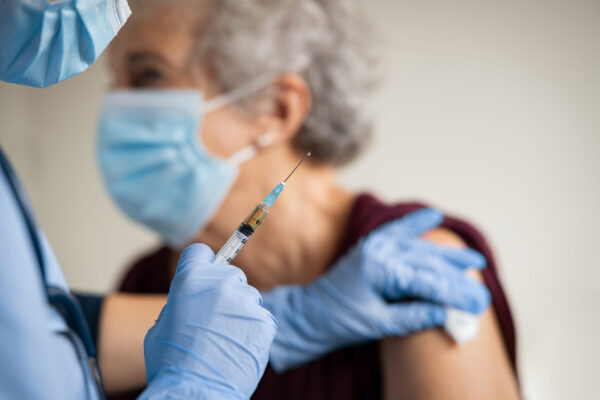On February 27th, 2021, the U.S. Food and Drug Administration (FDA) issued an emergency use authorization (EUA) for the Johnson and Johnson vaccine in order to prevent COVID-19, hopefully bringing us one step closer to normalcy.
An EUA can be issued when there is a public health emergency dire enough to require immediate action. To say the least, COVID-19 has reached a level requiring immediate action. Though colloquially referred to as COVID-19, the virus is more formally known as “severe acute respiratory syndrome Coronavirus 2 (SARS-CoV-2)”, and in the past year has claimed over half a million lives in the United States alone. As vaccines are currently the best known way to medically prevent the spread of the disease, this EUA is a significant step in the battle against COVID-19.
Image Source: MarsBars
In order for a vaccine to receive an EUA, its known benefits must outweigh potential risks. To determine whether the Johnson and Johnson vaccine was safe enough to be widely distributed, a study of 43,783 participants was conducted. Of these participants, 21,895 received the vaccine. Among those who received the vaccine, common side effects were headache, muscle aches, nausea, fatigue and pain at the site of injection. However, most of these side effects were only mild or moderate in severity, and only lasted 1 or 2 days.
The effectiveness of the vaccine was tested in a similar study of 39,321 participants, all of whom showed no signs of having been infected by SARS-CoV-2 before receiving the vaccine. The analysis showed that the vaccine was approximately 67% effective in preventing moderate to severe COVID-19 infection at least 14 days after vaccination, and 66% effective at least 28 days after vaccination. As of yet, data is not conclusive as to how long the vaccine will be effective in providing protection against the disease.
The differentiating factor between this vaccine and the others is its ability to provide protection with a single injection. In addition, it is far less temperamental when it comes to storage and handling, as it can be stored in a regular fridge for up to three months. Adding another vaccine to the arsenal, especially a single-dose vaccine, greatly expands the availability of vaccines in the US. These characteristics also aid in increasing global access to the vaccines, especially lower income countries, as the vaccine is easier to transport, and individuals only have to worry about receiving a single dose.
With all of the progress made in not only creating new vaccines, but distributing them on a global scale, a return to normalcy is beginning to look within reach.
Featured Image Source: Rido










